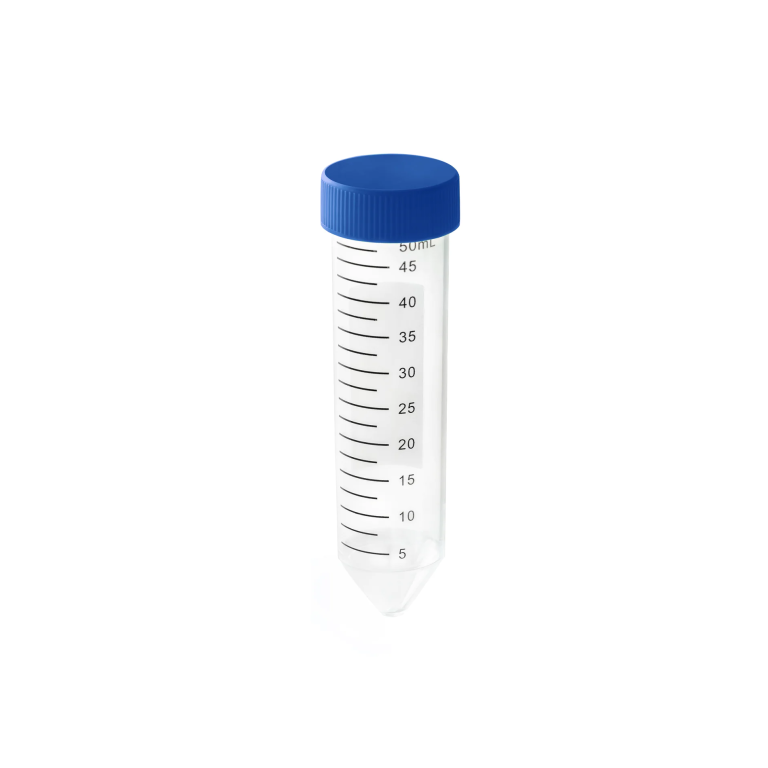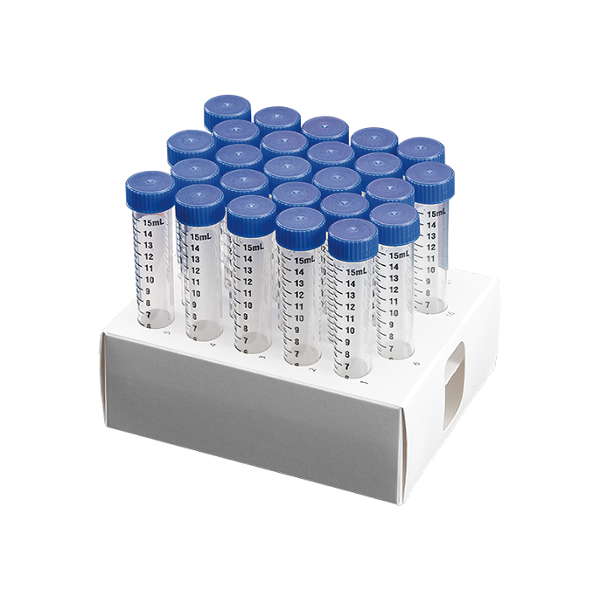Conical and round-bottom centrifuge tubes are both commonly used in laboratories, but they have distinct differences that make each suitable for specific applications:
### 1. **Shape and Design**
– **Conical Centrifuge Tubes**:
– **Tapered shape with a pointed bottom**.
– Often come with volume graduations and a flat cap surface.
– Available in common sizes like 15 mL and 50 mL.
– The conical bottom helps in **pelleting samples** during centrifugation by concentrating solids or precipitates at a narrow point, making it easier to remove the supernatant without disturbing the pellet.
– Widely used for cell culture, separating biological components, and preparing samples for analysis.
– **Round-Bottom Centrifuge Tubes**:
– **Curved, round bottom**.
– They are ideal for **suspending liquids** but not as effective for pelleting solids in small volumes.
– Common in microbiology and chemistry for sample storage, mixing, and reactions that do not require pelleting.
– Often used in large centrifuges, typically in glass form.
### 2. **Stability and Handling**
– **Conical Tubes**:
– Often have a **flat cap and sometimes a flat base** on the outside of the conical bottom, allowing them to stand upright on the bench with or without a tube rack.
– The pointed bottom helps with better separation of components during centrifugation.
– **Round-Bottom Tubes**:
– Do not have a flat surface to stand upright on their own and generally require a **tube rack** for stability.
– Used in situations where samples need to remain in suspension rather than separated.
### 3. **Centrifugation Use and Applications**
– **Conical Tubes**:
– Ideal for centrifugation processes involving **pelleting cells, bacteria, or proteins** at the bottom of the tube.
– Commonly used in **biological labs** for DNA, RNA extraction, or cell culture.
– **Round-Bottom Tubes**:
– Better for **mixing and suspending samples** or where you don’t need solid separation at the bottom.
– Popular in **chemistry and microbiology** labs for certain reactions and cell suspensions, but not as effective for pelleting applications.
### 4. **Volume Range and Compatibility**
– **Conical Tubes**:
– Available in a wide range of sizes, from microcentrifuge tubes (0.5–2 mL) to larger tubes (up to 50 mL).
– Compatible with **centrifuge rotors designed for conical shapes**.
– **Round-Bottom Tubes**:
– More common in glass form for larger volumes and used in **specialized applications**. Available in various capacities.
– Fit into **round-bottom centrifuge holders** or swinging-bucket rotors.
### 5. **Material and Sterilization**
– Both conical and round-bottom tubes are typically made of **plastic (polypropylene, polyethylene)** for general use or **glass** for more specialized applications.
– **Conical tubes** are often disposable and made from autoclavable plastic.
– **Round-bottom tubes** are more likely to be reused and made from glass for chemical compatibility.
### Summary:
– **Conical centrifuge tubes** are ideal for **pelleting and sample concentration** in biological labs due to their pointed design, making it easier to separate liquids from solids.
– **Round-bottom centrifuge tubes** are better suited for **suspending and mixing liquids**, commonly used in **chemistry or microbiology** where separation isn’t necessary.
Choosing between the two depends on whether you need to pellet or suspend your sample.


